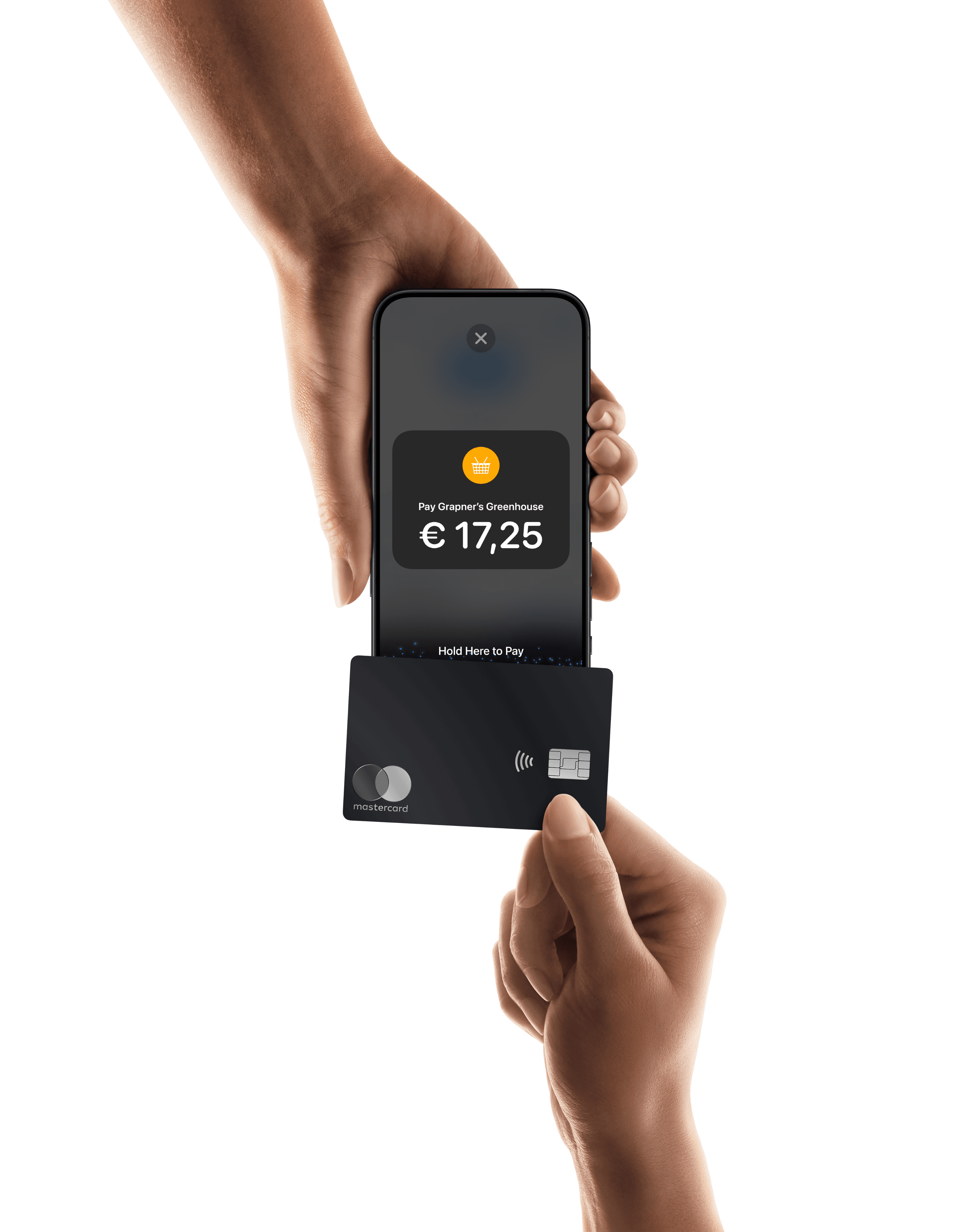Whether you’re starting an ecommerce business from scratch or having trouble scaling an existing one, you’ll find the steps below helpful in building a successful new business.
Phase 1: name, concept, market research, brainstorm
What product do you want to sell in your online store? What will be your ecommerce niche?
Figuring out what product to sell is often challenging for entrepreneurs. Therefore, you need to think on a broader scale when preparing a list of new product categories. Ideally, you want something that checks the following boxes:
On-trend to attract customer attention
Lightweight to ensure minimal shipping costs
Cost-effective with high perceived value
Something you’re interested in or passionate about
Follow search trends on search engine result pages (SERPs) and analyse trending hashtags on social media. Social listening tools like Brand24 and Facebook Ads Manager can also help you collect valuable insights.
Due diligence and competitor research
Aid your brainstorming efforts by checking out your competition. This will help you anticipate shifts in the market, identify new trends, and avoid common and costly mistakes.
Evaluating your competition’s market positioning is a good place to start. Find out:
Who are their target customers?
What are their products or services’ unique selling points (USPs)?
What is their general price point?
Do they highlight any specific features or key benefits?
How do they approach payments and shipping?
Don’t be afraid to deep dive into the more specific elements of competitor research. For example, you can analyse their website features (product images, website design/layout, search tools), study customer experience elements (customer support, checkout workflows, mobile UX), or marketing tactics (frequency of discounts, promotion style, content marketing).
Performing a SWOT analysis (strengths, weaknesses, opportunities, and threats) can help you find your competitive edge and understand your ecommerce business’s potential.
Define your market
How would you describe your ideal customer? What are their likes and preferences?
Answer these questions by creating a customer persona for your ecommerce business. Paint a picture of the person you think would be best served by your product or service.
The following questions can help you get started:
How old is this person?
Where do they live?
How much money do they make?
What are their biggest pain points?
What causes matter to them?
Based on your answers, figure out how to appeal to this ideal person. For example, think about which platforms they’re more likely to use and what messages they’re likely to respond to (this will come in handy when promoting your ecommerce store).
Phase 2: budget and business plan
Here, we’ll break down ecommerce startup costs by discussing expenses you cannot avoid and nice-to-haves (avoidable costs but can help you improve sales and conversions).
Ecommerce startup costs you can’t avoid
Here are examples of ecommerce startup costs you’ll have when starting an online business:
Domain name – Anywhere from €1- €14 per year
Hosting – €3.25, but can go up to €230 per year
Inventory – An initial investment of €0 to €930 to start
Payment processing – About 2 to 3% of your revenue, but if you opt for Mollie, you only have to pay per successful transaction (just €0.10 to €1, plus additional fees based on percentage of transaction value)
Based on these figures, you can expect ecommerce startup costs between €130 and €970 (with inventory)
Of course, costs will vary depending on factors like added services, support, duration of registration, or whether you need to buy your desired domain from a private seller. Ecommerce platform WooCommerce, which integrates with Mollie, suggests that you can get started with a site and store for about €983.
Nice-to-have ecommerce startup costs
If you’re looking to gain an edge over the competition, consider investing in a few nice-to-haves like premium themes (paid, customisable themes designed by experienced professionals) or professional photography, all of which will have a range of costs depending on who you hire.
You’ll need to spend money on marketing as few shoppers will find your online store by chance. While marketing costs vary, marketing spending growth is more than 10% for the first time in a decade, with experts predicting further growth.
We also recommend investing in cutting-edge ecommerce tech, like payment service providers (PSPs), analytics tools, and customer relationship management software (CRM).
These nice-to-have expenses aren’t mandatory, but investing in a few is worth it to drive sales and conversions.
Phase 3: creating your store and build your audience
Build your online store
You need an ecommerce solution, such as Magento or PrestaShop, to easily build your online store. There are several platforms to choose from, so you’ll have to consider your needs and preferences to find a perfect fit.
Each is a good option, but you should compare pricing and features to ensure you’re getting the best platform for your money.
Brand awareness, marketing, getting customers
Post-launch is when the hard work of marketing your own products and creating brand awareness begins.
Leverage the power of search engine optimisation (SEO) to acquire your first customers. Add relevant keywords and search terms on each product page, product description, and other online content to attract new visitors.
Don’t be afraid to use multiple channels to market to your target audience. For example, you can promote your blog on multiple social media outlets or partner up with affiliate marketers and Instagram influencers.
Phase 4: sourcing your products
This is where you build your supply chain. Source the vendors, activities, and resources you need to create your product and get it into the customer’s hand.
You can:
Make the product yourself
Partner with a manufacturer
Purchase wholesale products and resell
Offer a digital product
Don’t forget to factor in related aspects like shipping, storage, and warehousing while you’re at it.
Phase 5: taxes, business structure
Choose your business name and business structure/type
This is where you set up your ecommerce business as a legal entity.
Choose an original and creative brand name and a domain name for your business. Then register your business as one of the following:
Sole trader
Partnership
Limited Liability partnership
Limited company
Be careful when picking a business entity type for your business. Each choice has important legal and financial implications for your ecommerce operation.
We recommend consulting with a lawyer to help you make the right decision.



